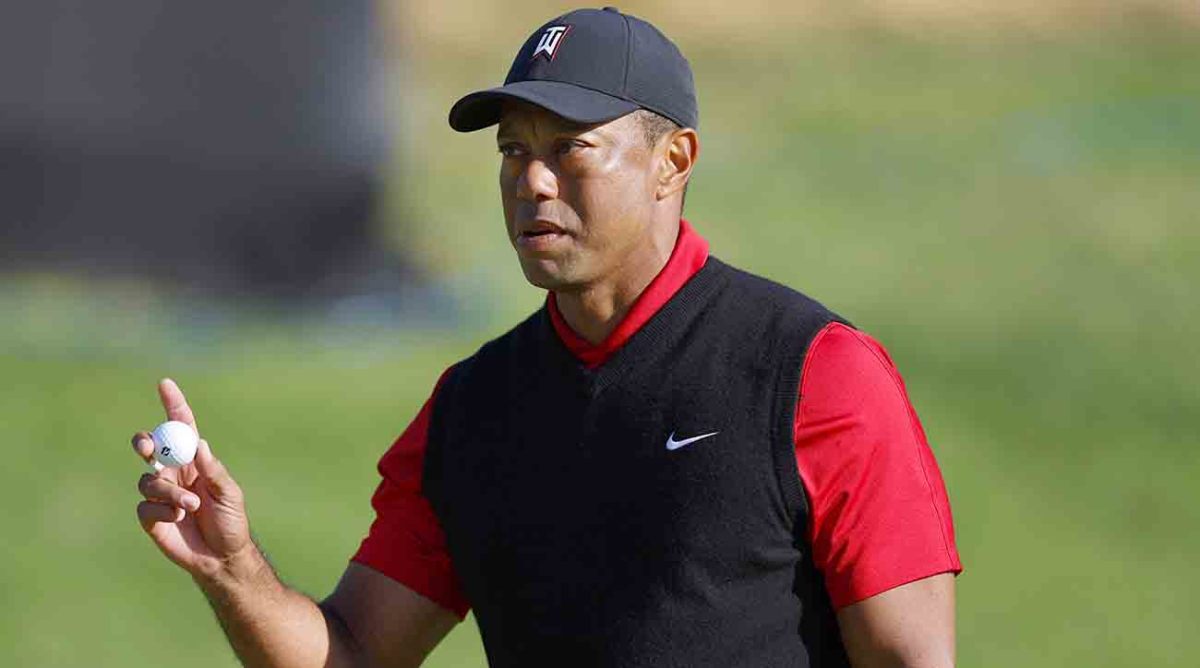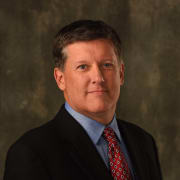Tiger Woods Needs More Reps Before the Masters, But That's Not So Easy
More Weekly Read: LIV Season 2 Is Here, Will You Care? | Remembering John Paramor | Fore! Things
LOS ANGELES — The Masters is six weeks away, and Tiger Woods needs to play another tournament prior to then. A relatively successful week at the Genesis Invitational nonetheless exposed the competitive rust that inevitably exists and can’t be replicated anywhere else but in a tournament.
It is also fair to argue that Woods shouldn’t play a tournament before the Masters. If you watched the way he moved around Riviera Country Club, it’s not difficult to understand the toll that five days of golf—18 holes a day including the pro-am—takes on his body, especially his right foot and ankle.

Woods played beautifully on Saturday, shooting the best score since his comeback, a 67 that was impressive for several reasons, not the least of which was how he powered through a fourth straight day of walking 18 holes.
A fifth day, especially early in the morning, was asking a lot and it showed. After an opening-hole birdie, Woods struggled to hit fairways and greens. He made a couple of sloppy bogeys. He finished 16 strokes behind winner Jon Rahm. All of it makes sense when you consider the lack of competition coupled with the pain he endures.
So where does that leave him with just 42 days until Masters week?
From a game perspective, Woods needs to play. You need more than two hands to count the number of indifferent shots he hit through the 72-hole tournament, many of them down to a lack of repetitions.
Take the par-5 11th hole for example. Woods never birdied it despite being in position to do so every day. On Sunday, he hit a 310-yard drive into the right primary rough, had 250 yards to the hole, and knocked his approach in front of the green. He had 60 feet, a straightforward chip, one he should get within 3 or 4 feet nearly every time.
Instead, Woods saw the ball come up short. Perhaps he expected it to run out more but he left himself a 7-footer and missed it. On the next hole, he missed the green from 186 yards, then left his pitch shot short of the green.
And during the week, Woods acknowledged he had a "stock" cut shot off the tee. The draw that he needs to work at Augusta National was not in his arsenal at Riviera. (And yet, he hit a number of excellent draws during practice, especially on the range pre-tournament). Wouldn’t another tournament help?
These are mistakes that Tiger Woods does not make. He's making them because he has not competed. There are only so many shots you can hit on the range, shots you can play at your home course out of a cart, rounds you can even play with some money on the line. None of it equates to tournament golf.
So where would he play? He’s won the Arnold Palmer Invitational eight times at Bay Hill, but the tournament is 10 days away. No chance. The Players Championship is the PGA Tour's flagship event, on a golf course where he doesn't have to hit a lot of drivers and can test all aspects of his game. It gives him the next two weeks to prepare. The Valspar Championship is another possibility, with three weeks to get ready, but leaving him only two weeks until the Masters.
"I'm not going to play more than probably the majors and a couple more," said Woods, who leaves open the possibility of adding an event but doesn’t exactly sound convincing about it.
If there is a tournament to play, it almost certainly has to be the Players. It gives him a couple of weeks to recuperate and get ready, and then another three weeks after it to prepare for the Masters.
But not playing at all is certainly possible and probably likely. The difficulty associated with tournament golf is real. Woods has not completely recovered from the plantar fasciitis that was a setback in December. And as we clearly witnessed, the longer a tournament goes, the more labored the walking comes down. On Sunday, Woods' swing speed was down considerably from previous days.
The dilemma is real. Woods needs more tournament rounds to get competitive. But more tournament rounds also leads to more stress on his ankle and leg.
To play or not to play. There is risk and reward with either decision.
